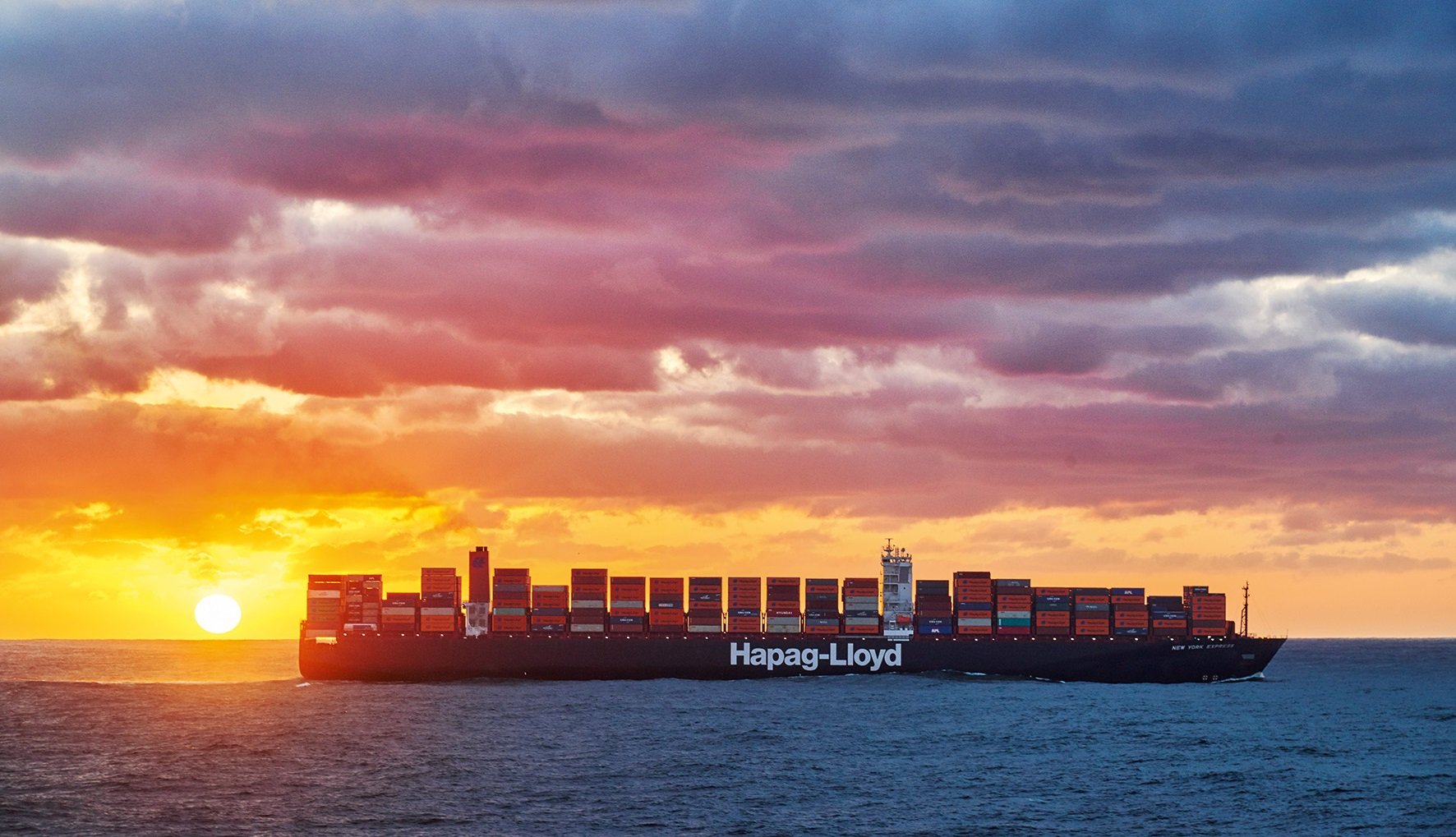LNG shipping battles oversupply in 2025-26, rates to remain subdued
LNG shipping continues to grapple with a vessel surplus amid robust deliveries. According to Drewry’s latest LNG Forecaster, the fleet is projected to grow 9.6% in 2025, with 89 LNGCs joining the fleet by the end of this year. This trend will continue, with 94 and 92 LNGCs scheduled to be delivered in 2026 and 2027, respectively.
LNGC orders signal a cautious comeback in 2025-26, but high ordering is likely from 2027-28
High deliveries will keep the fleet inflated until 2027, with some easing thereafter. New orders will remain low in 2025-26 following the highs of 2023-24. However, we expect more orders to follow from 2027 as extensive pre-FID capacities spur vessel demand. The key drivers are discussed below:
I. Under-construction capacities to soak vessel surplus by 2027, new capacities to spur vessel demand
We expect the new momentum of ordering to rise from 2027, as planned capacities will require additional vessels. Meanwhile, about 170 mtpa of under-construction capacity will also become available by 2027, absorbing the ongoing vessel surplus and necessitating vessel demand for capacities scheduled post-2027.
II. Orders on long-term charter signal new projects, which will create fresh vessel demand
According to Drewry’s orderbook, about 75% of the LNGC orders are on long-term charter, with some structurally open. As the nature of LNG shipping is long-term contracting, it will also keep the momentum going for new orders, especially when new LNGCs (on order) will start serving LNG projects that are under construction and generating orders for vessels that will cater to the over 200 mtpa of planned capacities (uncontracted). Moreover, Venture Global could boost the new order tally in 2025 and possibly in 2026, with most planned capacities reaching FID in subsequent years, with the recent one – CP2 LNG (20 mtpa) securing FID in July 2025. Accordingly, the company is discussing with South Korean shipyards (HD Hyundai Heavy Industries, Hanwha Ocean, and Samsung Heavy Industries) to order up to 12 LNGCs in 2025-26.
According to Drewry’s vessel demand model, between 150 and 250 LNGCs will be required by 2030 under our base-case and high-case scenarios.
III. Higher demolitions to spur replacement tonnage demand
With vessel surplus and weaker earnings, owners with older tonnage are forced to go for conversions or demolitions, as idling will prove costly and layups will be inefficient (with some shipowners hinging on new liquefaction additions). Thus, we expect a surge in scrapping from 2025, with demolitions peaking by 2028. Additionally, the declining demolition age and increasing environmental scrutiny will challenge the status quo of current steam carriers.
While there is growing speculation that steam carriers will comply with IMO regulations for longer than expected, we expect this to be insufficient to extend the life of steam carriers. Hence, most aged carriers, especially those above 15 years, will be pushed for demolitions. Only 15% of the current steam LNGCs are below 15 years old and could be deployed for short-haul trade beyond 2030 (for which we remain sceptical), as scrutiny over /TFDE carriers will begin to intensify by 2030, spurring demand for modern carriers.
The replacement tonnage will create demand for new vessels.
Meanwhile, stricter environmental regulations will compel shipowners and operators to replace their old tonnage, which becomes economically infeasible and non-compliant with growing maritime stringency. Companies such as MOL and QatarEnergy are already in the process of renewing their current fleets.
IV. Structural changes in trade flows point to a robust LNG shipping market in the long run, boosting demand for more LNGCs
We expect LNG shipping to move towards a long-haul trade in the long run, especially once Europe’s demand starts easing, following its peak in 2028-29. The current US-Europe trade will begin changing its course post-2030 as the continent will prioritise its net-zero goals. Meanwhile, Asian demand will grow stronger in the long run, commanding over 70% of the global LNG trade by 2040. US’ pivot from Europe, coupled with increasing Asian demand, will strengthen the US-Asia trade, leading to longer trade hauls and higher vessel absorption. Moreover, evolving trade avenues with new terminals will also boost tonne-mile demand in the long run.
Conclusion
Supply-demand rebalancing, followed by a potential crunch, will boost rates in the long run: In our base-case scenario, we project 150-180 carriers to be required by 2030, given 200 mtpa of planned capacities is vying for FIDs between 2025 and 2027. The upcoming liquefaction capacities (with an added 170 mtpa of liquefaction volumes by 2027) will gradually absorb the surplus resulting from high vessel deliveries during 2025-27. Moreover, by the end of this decade, LNG shipping will face a supply crunch if ordering fails to pick up, which could boost rates as the demand outlook appears strong in the long run, with trade shifting towards long-haul routes, especially post-2030, when European demand eases. At the same time, Asia will thrive and drive the trade growth.
“In a low case scenario, if project FIDs fail to pick up momentum in 2026-27, we expect the market to be finely balanced by the end of this decade despite higher demolitions and steady ordering, and the shipping rates will remain at their suboptimal.”
Source: Drewry





